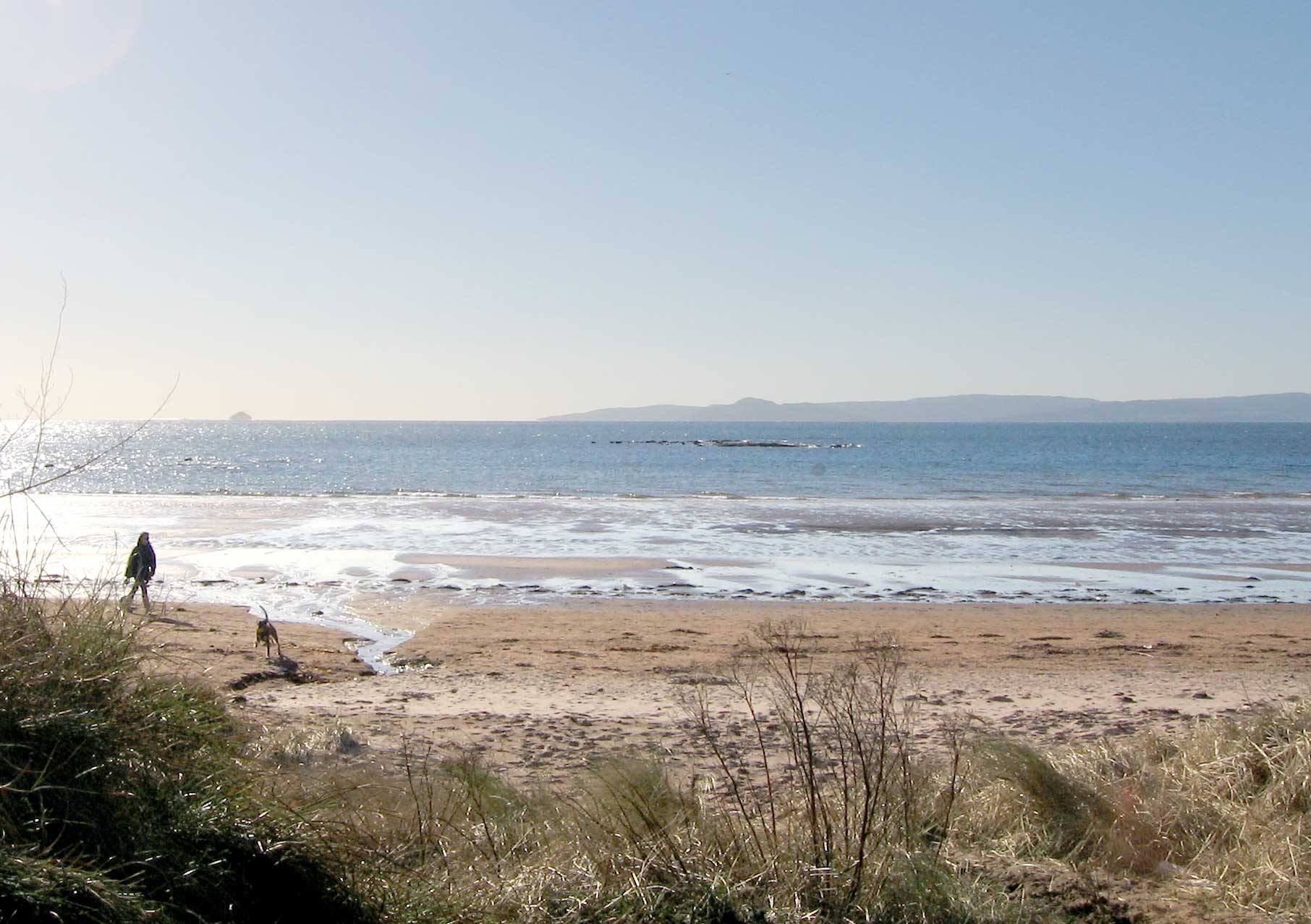|
Ardmillan Castle
Ardmillan Castle is a ruinous Scottish castle dating from the late 16th century. It lies on the A77 on the edge of the Firth of Clyde south of Girvan. History The original structure was built in the late 16th century on a low mound. It was originally a rectangular tower with circular towers on the corners. The two northern towers have been removed. It was built and owned by the Kennedys of Bargany until 1658, it then passing through marriage to the Crawfords of Baidland. By 1688 it had a motte A motte-and-bailey castle is a European fortification with a wooden or stone keep situated on a raised area of ground called a motte, accompanied by a walled courtyard, or bailey, surrounded by a protective ditch and palisade. Relatively eas ... (wide ditch) built on all sides. In the 18th century a classical wing and new formal front was added and it took on more of the appearance of a house rather than a fortification, and was sometimes referred to as Ardmillan House. By 1892 it ... [...More Info...] [...Related Items...] OR: [Wikipedia] [Google] [Baidu] |
Firth Of Clyde
The Firth of Clyde is the mouth of the River Clyde. It is located on the west coast of Scotland and constitutes the deepest coastal waters in the British Isles (it is 164 metres deep at its deepest). The firth is sheltered from the Atlantic Ocean by the Kintyre peninsula, which encloses the outer firth in Argyll and Ayrshire. The Kilbrannan Sound is a large arm of the Firth of Clyde, separating the Kintyre Peninsula from the Isle of Arran. Within the Firth of Clyde is another major island – the Isle of Bute. Given its strategic location at the entrance to the middle and upper Clyde, Bute played a vital naval military role during World War II. Geography At its entrance, the firth is about wide. At one area in its upper reaches, it is joined by Loch Long and the Gare Loch. This area includes the large anchorage off of Greenock that is known as the Tail of the Bank. (The “Bank” is a reference to the sandbank and shoal that separates the firth from the estuary o ... [...More Info...] [...Related Items...] OR: [Wikipedia] [Google] [Baidu] |
Girvan
Girvan ( gd, Inbhir Gharbhain, "mouth of the River Girvan") is a burgh and harbour town in Carrick, South Ayrshire, Scotland. Girvan is situated on the east coast of the Firth of Clyde, with a population of about 6,450. It lies south of Ayr, and north of Stranraer, the main ferry port from Scotland to Northern Ireland. Deriving its name from the river which runs through the landscape the etymology of Girvan has possible Brythonic origins, related to the Welsh: ''Gearafon'' or ''Gwyrddafon'', "river flowing through the green flourishing place, from afon or avon, a river, and Gwyrdd, green, flourishing"). Prehistory and archaeology The earliest evidence of human habitation in the Girvan area dates to the Mesolithic. Between 1996 and 1998, archaeological investigations were undertaken by GUARD archaeology (then part of the University of Glasgow) as part of an expansion of the William Grant & Sons distillery. This work discovered several burnt mounds that dated to the la ... [...More Info...] [...Related Items...] OR: [Wikipedia] [Google] [Baidu] |
Motte
A motte-and-bailey castle is a European fortification with a wooden or stone keep situated on a raised area of ground called a motte, accompanied by a walled courtyard, or bailey, surrounded by a protective ditch and palisade. Relatively easy to build with unskilled labour, but still militarily formidable, these castles were built across northern Europe from the 10th century onwards, spreading from Normandy and Anjou in France, into the Holy Roman Empire in the 11th century. The Normans introduced the design into England and Wales. Motte-and-bailey castles were adopted in Scotland, Ireland, the Low Countries and Denmark in the 12th and 13th centuries. Windsor Castle, in England, is an example of a motte-and-bailey castle. By the end of the 13th century, the design was largely superseded by alternative forms of fortification, but the earthworks remain a prominent feature in many countries. Architecture Structures A motte-and-bailey castle was made up of two structures: a ... [...More Info...] [...Related Items...] OR: [Wikipedia] [Google] [Baidu] |


